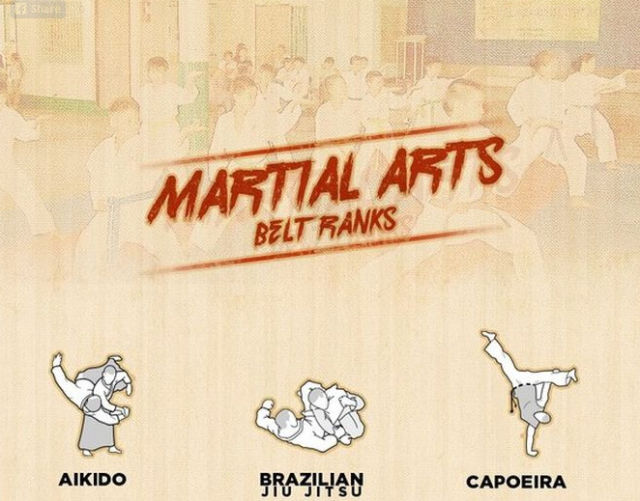Deciphering The Enigma Of Multiple Fighting Style Disciplines: An Overview To Karate, Taekwondo, And A Lot More
Deciphering The Enigma Of Multiple Fighting Style Disciplines: An Overview To Karate, Taekwondo, And A Lot More
Blog Article
Short Article Writer-Haugaard Russo
Are you tired of sensation bewildered by the large world of fighting styles? With so many styles to select from, it can be very easy to get lost in a sea of strikes, kicks, and mysterious names. Yet worry not!
This conversation will certainly debunk the various fighting styles designs, taking you on a trip from the powerful strikes of Martial arts to the vibrant kicks of Taekwondo. Prepare yourself to reveal the origins, strategies, and philosophies behind these ancient art forms.
So, tighten your belt and prepare to start an enlightening exploration into the fascinating world of martial arts.
Beginnings of Martial Arts Styles
The beginnings of martial arts designs can be traced back to old human beings and their requirement for protection and fight methods. Throughout background, various societies developed their own unique approaches of combating, each with its own collection of methods and ideologies.
In China, as an example, martial arts designs such as Martial art and Tai Chi were developed as a means of self-defense and enhancing physical and psychological well-being.
In Japan, the samurai warriors created styles like Martial arts and Judo, concentrating on discipline, accuracy, and proficiency of the body.
Likewise, in Korea, Taekwondo emerged as a fighting style stressing high kicks, rapid motions, and psychological fortitude.
These early human beings laid the structure for the diverse variety of fighting styles styles that exist today, each with its own abundant history and cultural importance.
Strategies and Educating Methods
To understand fighting styles designs, experts have to learn different techniques and training techniques.
Strategies are the specific motions and activities used in combat, such as punches, kicks, tosses, and obstructs. Different fighting styles styles have their own special set of techniques that practitioners have to grasp via rigorous training.
Educating techniques vary depending upon the design, yet they usually include a combination of physical fitness, drills, sparring, and forms.
Physical fitness is vital to develop toughness, versatility, and endurance. Drills help specialists improve their strategies and improve their rate and accuracy.
https://www.kxnet.com/news/local-news/martial-arts-for-bismarck-cops/ enables practitioners to practice their strategies in a managed, reasonable setting. click the up coming website , also referred to as kata, are ironclad series of movements that help specialists develop muscle memory and focus.
Ideologies and Principles
Discovering the philosophies and concepts of fighting styles styles can supply you with a deeper understanding of your picked self-control. Each fighting style has its very own unique philosophy and collection of assisting principles that form the way it's practiced.
For instance, Karate highlights self-control, regard, and self-control. It teaches practitioners to focus their body and minds, enabling them to protect themselves while maintaining a sense of inner peace.
On the other hand, Taekwondo puts a solid focus on rate, dexterity, and adaptability. Its concepts are rooted in the tenets of politeness, stability, willpower, self-control, and resolute spirit.
premier martial arts schedule
Since you've discovered the origins, techniques, and ideologies of various fighting styles designs, you have a much deeper understanding of these old techniques.
Envision a young karate trainee, experimenting unwavering determination and focus, breaking through boards with an effective punch.
Their journey showcases the commitment and strength required to master a martial art, advising us that with self-control and determination, anything is feasible.
